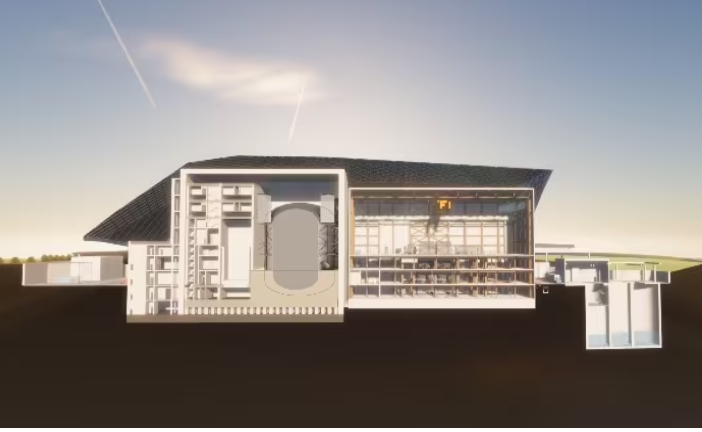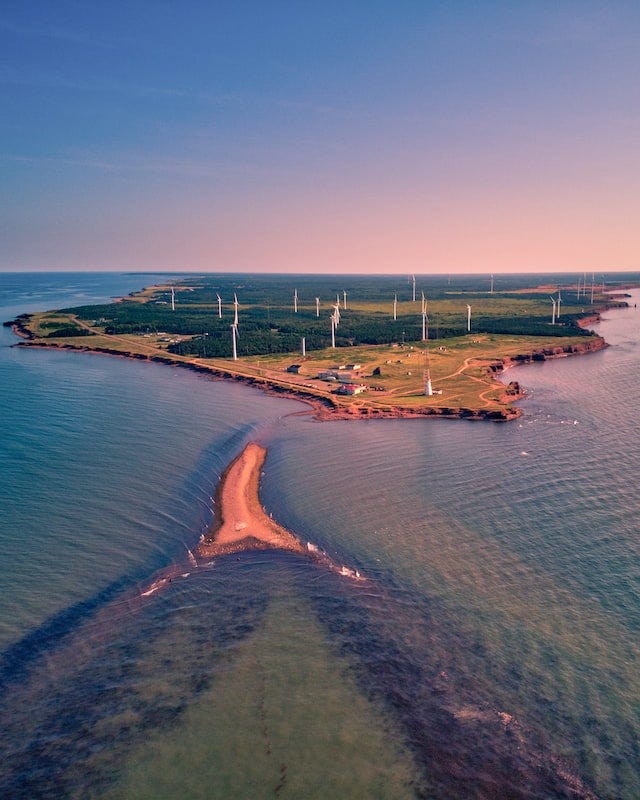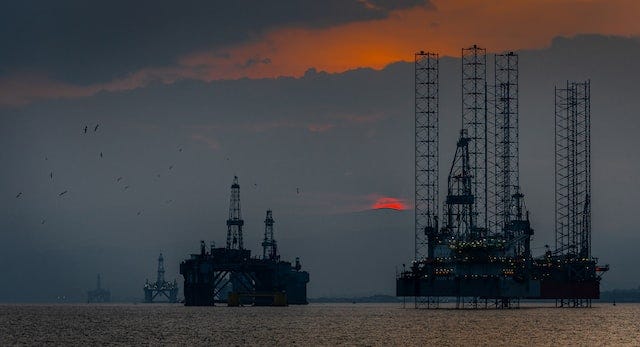UK's Ambitious Investment in Small Modular Nuclear Reactors
Written on
The Future of Nuclear Energy in the UK
The British government is making a substantial commitment to nuclear energy, particularly focusing on small modular reactors (SMRs). According to reports from The Financial Times, this initiative includes an international competition aimed at identifying the most effective SMR design. Chancellor Jeremy Hunt has unveiled plans for a new agency named Great British Nuclear, which will oversee the resurgence of nuclear power in the UK.

The government aims to produce 24 gigawatts of nuclear energy by 2050, which could account for approximately 25% of the country's electricity generation, as estimated by The Financial Times. Although there has been no additional budget allocated specifically for nuclear energy, speculation suggests that Energy Secretary Grant Shapps may announce further funding soon.
Reclassifying Nuclear Power as Green Energy
In a significant policy shift, the UK government has redefined nuclear energy as a form of green and environmentally sustainable power, as announced by Hunt during his Budget Speech. This reclassification is intended to attract more investment, particularly from those focused on environmental, social, and governance (ESG) criteria.

Interestingly, the UK is aligning its policies with the European Commission, which classified nuclear energy as a green investment last year. Although nuclear power is praised for its lack of greenhouse gas emissions, it also generates hazardous waste and is associated with high costs and lengthy construction times for traditional reactors, not to mention historical accidents like Chernobyl and Fukushima.
Why Small Modular Reactors?
In light of these challenges, the government is pivoting towards smaller, more cost-effective solutions—specifically, small modular reactors. An example is the BWRX-300 SMR developed by GE Hitachi, which is only a fraction of the size of conventional nuclear plants and can potentially be constructed in just 24 to 36 months. Moreover, multiple SMRs could be installed in a single location to enhance efficiency.

In contrast, the traditional Hinkley Point C project features a single reactor that stands 13 meters tall and weighs 500 tons, capable of supplying power to around three million homes. However, this project is facing delays and significant labor demands, making traditional nuclear power seem increasingly impractical for the UK.
Rolls-Royce and the Future of SMRs
Rolls-Royce Holdings PLC is taking a leading role in the development of small modular reactors. The company has extensive experience in constructing smaller reactors for the Royal Navy's submarines and has plans to build reactors for Australia's future nuclear submarine fleet.

To support its initiatives, Rolls-Royce is establishing a Nuclear Skills Academy in Derby, which aims to provide 200 apprenticeships annually. The company has also formed Rolls-Royce SMR Ltd, set to manufacture SMRs, with government backing of £210 million ($284.82 million).
The High Cost Of The UK's Nuclear Dream - This video examines the financial implications and challenges associated with the UK's nuclear ambitions.
Rolls-Royce's new SMR design is intended to power one million homes with predominantly British components. The reactor will generate 470 megawatts, comparable to the output of 150 offshore wind turbines, and will cover an area of two football fields.

Rolls-Royce is also exploring opportunities to supply SMRs to countries like Turkey, Estonia, Poland, and the Czech Republic, while also looking into prospects in Finland and Sweden.
Addressing Energy Dependency
The UK's investment in SMRs is largely motivated by its growing reliance on costly imported energy. Households faced steep price hikes of 54% in April 2022 and an 80% increase by October of that year. A government Price Guarantee program aims to limit these surges.

The rising costs are attributed to the nation's dependence on imported natural gas, with wholesale prices spiking due to geopolitical tensions, particularly the situation in Ukraine.
Preparing for a Post-Oil World
Recognizing the impending depletion of North Sea oil and gas resources, the government is taking steps to secure energy sources amid climate change challenges. The University of Edinburgh estimates that as of 2019, only a small fraction of North Sea reserves remained, potentially leading to total depletion by 2029.

With the aim of transitioning to electric vehicles, the government plans to ensure that all new vehicles sold by 2035 are electric. This transition is part of the broader Net Zero Strategy, which requires manufacturers to increase the production of electric vehicles beginning in 2024.
UK backs Rolls-Royce mini nuclear plants - This video discusses the UK government's support for Rolls-Royce's initiative to develop mini nuclear plants as a sustainable energy solution.
A Strategy for Economic Resilience
The Net Zero Strategy seeks to replace expensive imported fuels with affordable nuclear energy generated by SMRs. This approach not only aims to reduce reliance on imports but also to enhance the UK's balance of trade.
Thus, the Net Zero Strategy represents a vital economic survival plan for the UK as it navigates a future increasingly characterized by high energy costs and climate uncertainties.